
Featured Resource
Why Over Half of California School Districts Trust SchoolStatus
Read More >Join Mission: Attendance to reduce chronic absenteeism in 2025-26! >> Learn How <<

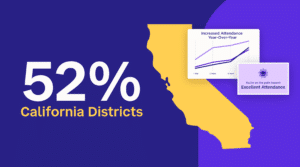

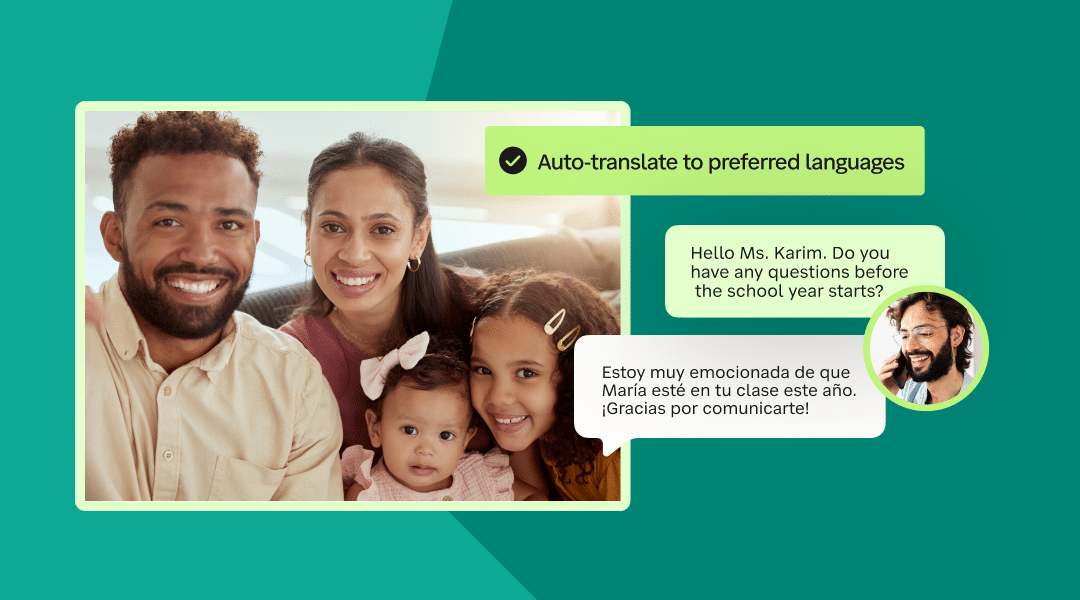

Educators agree that students who have engaged families tend to have better attendance in school and performance in the classroom.
Engaging all families can be challenging for both families and the district, but it’s necessary to ensure consistent classroom practices and the highest possible learning outcomes for each student. Engaging with teachers can be challenging for families who aren’t native English speakers, while engaging all families regardless of their home language is a challenge for districts. According to the Texas Education Agency, Texas is second only to California in the number of Emergent Bilingual (EB) students enrolled, serving just under 20% of the nation’s total population of English learner students. While Spanish-speaking families make up about 90% of the Emergent Bilingual population, there are over 120 total languages represented in Texas.
While EB students receive much support inside the classroom, communicating with their families at home can be challenging. Often campuses have Spanish-speaking translators available to assist non-Spanish-speaking teachers and administrators; however, for languages not as common as Spanish, it can be difficult to find translation services.
With that as background, there are good solutions to working effectively with EB families.
When communicating with EB families, it is essential to use a platform that automatically translates the conversation into the home language of the family. This will ensure that both the families and the educator can have a 1:1 conversation they fully understand and participate in.
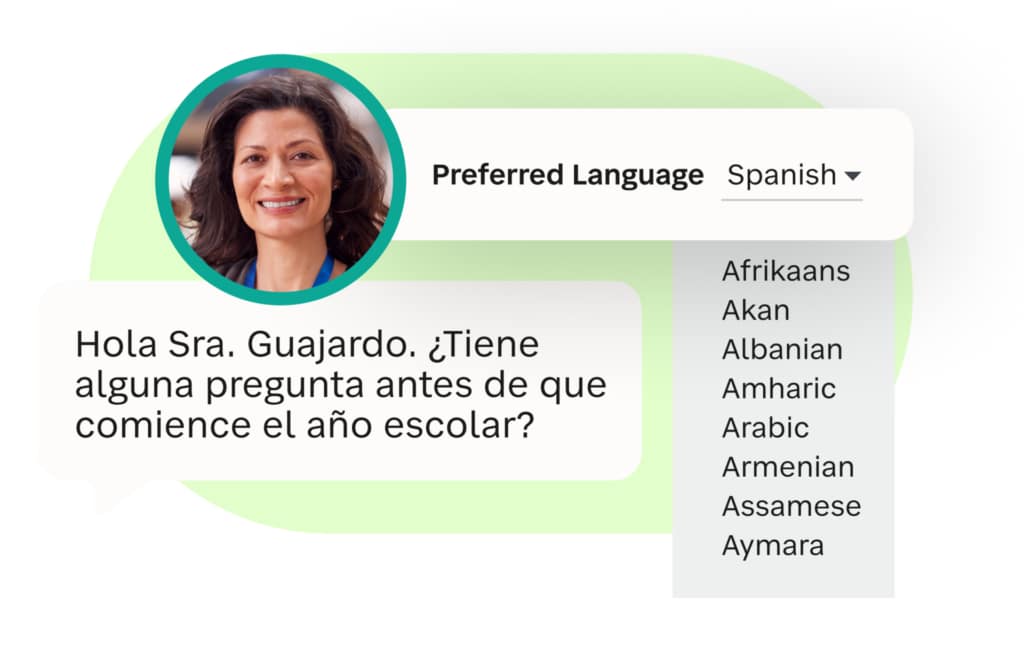
When communicating with EB families, try to use clear and simple language. Avoid using slang or highly technical words that may be difficult to understand and difficult for the system to translate accurately.
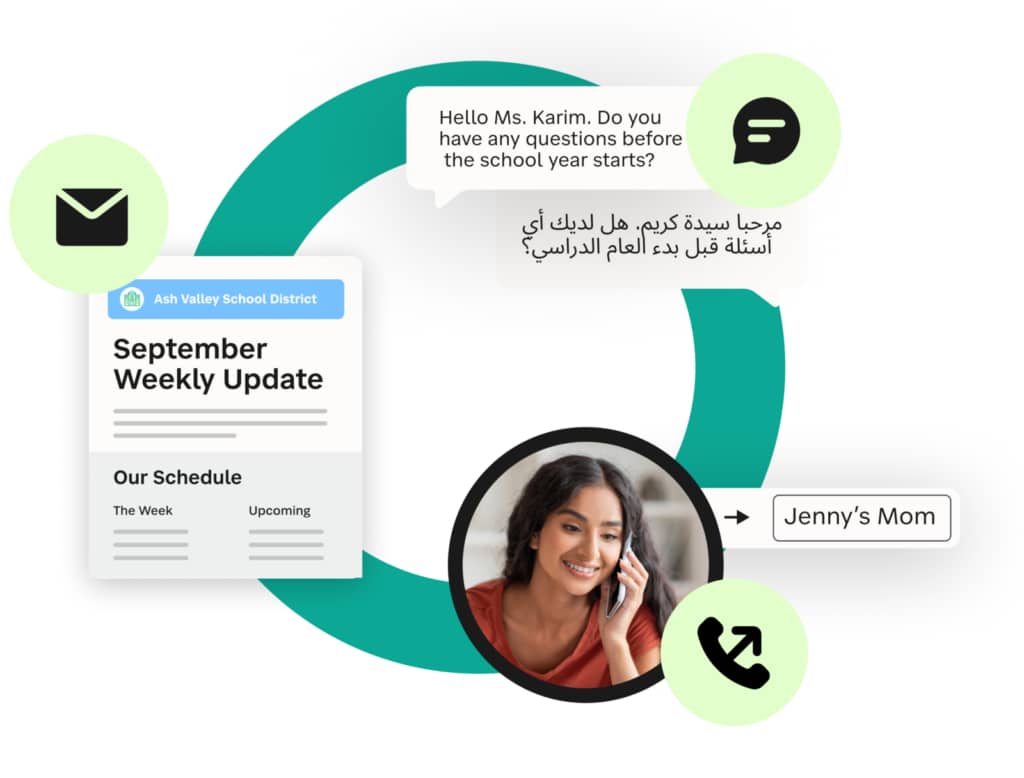
Different families may have different communication preferences. For families who work multiple jobs or shift work, text messaging might be the easiest way to communicate, while other families may prefer telephone calls. Using multiple ways to communicate can ensure that all families can participate in the conversation with teachers in a way that is convenient for them.
Involving families in the learning process can help to build a strong relationship between home and school. Teachers can involve families by providing regular updates on their child’s progress and performance, inviting them to school events, discussing attendance or discipline issues, and asking for their input on their child’s learning. This can help to build trust and support student success.
Asking families to reach out to you with questions or concerns will help them to feel comfortable developing a relationship with teachers. Let them know that you are available to discuss their child’s progress and offer suggestions for ways to support their learning at home. Choose a product that allows teachers to set working hours so that they are not receiving communication from families when they are not available.
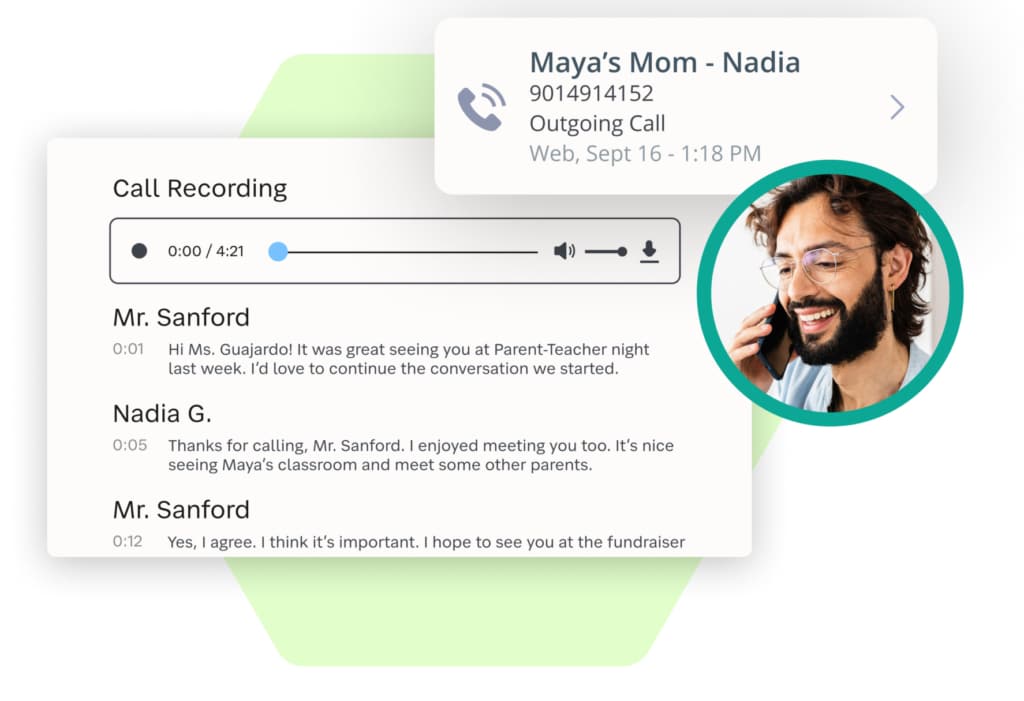
Use a communication program that also displays student data to provide specific examples of a student’s performance or areas for growth. For example, if a student is struggling in math, share specific math topics they are having problems with and what the family can work on together to help improve math understanding and performance.
As Emergent Bilingual families become a larger portion of our student population, it is important to include their families in the conversation. By making it easy for EB families to communicate with teachers in their preferred language, all families will feel supported by both the teacher and school district. And research shows the more we communicate with families, the more successful their children become.
SchoolStatus Connect can help your district to communicate effectively with Emergent Bilingual families in their home languages.
 SchoolStatusSchoolStatus gives educators the clarity and tools they need to get students to class and keep them moving ahead. Through our integrated suite of data-driven products, we help districts spot attendance patterns early, reach families in ways that work for them, and support teacher growth with meaningful feedback. Our solutions include automated attendance interventions, multi-channel family communications in 130+ languages, educator development and coaching, streamlined digital workflows, and engaging school websites. Serving over 22 million students across thousands of districts in all 50 states, SchoolStatus helps teachers and staff see what matters, act with speed, and stay focused on students.
SchoolStatusSchoolStatus gives educators the clarity and tools they need to get students to class and keep them moving ahead. Through our integrated suite of data-driven products, we help districts spot attendance patterns early, reach families in ways that work for them, and support teacher growth with meaningful feedback. Our solutions include automated attendance interventions, multi-channel family communications in 130+ languages, educator development and coaching, streamlined digital workflows, and engaging school websites. Serving over 22 million students across thousands of districts in all 50 states, SchoolStatus helps teachers and staff see what matters, act with speed, and stay focused on students.
News, articles, and tips for meeting your district’s goals—delivered to your inbox.

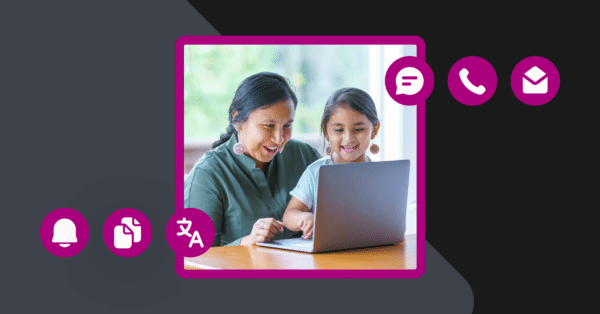
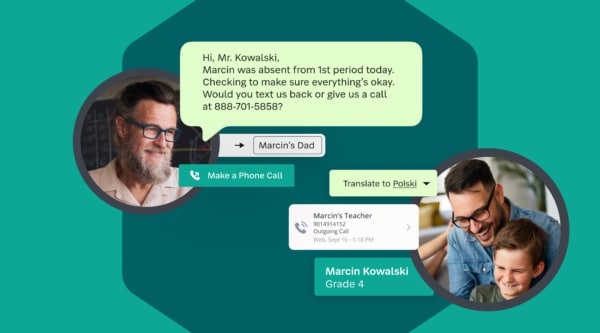
Ready to learn more about our suite of solutions?
